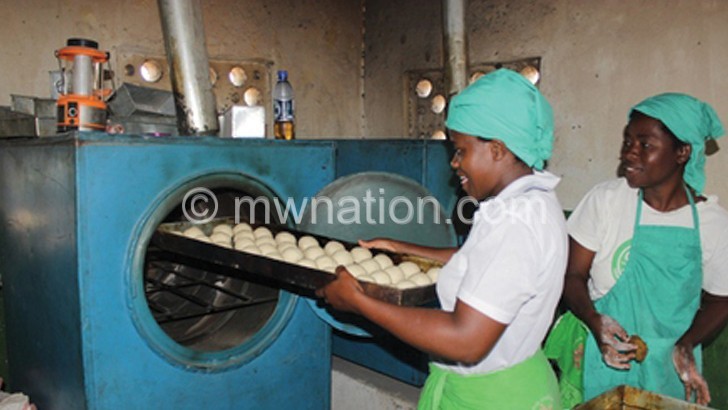Comsip savings hit K6bn
Savings among the 710 cooperatives and clusters which are affiliates of the Community Savings and Investment Promotion (Comsip) have accrued to K6 billion, authorities have said.
The development has forced Comsip to form a microfinance where the money will be kept for it to grow faster as it will be invested in treasury bills (TBs) and also in real estate.

Comsip chief executive officer Tenson Gondwe said in an interview on Thursday there is too much money circulating among cooperatives in the country, but some groups are failing to grow that money because the borrowing rate in those groups is still low.
He said the microfinance, which will be launched soon but started operating on July 1 2018, will be linked to First Merchant Bank (FMB) where members of these cooperatives will be getting their loans based on the shares they have to their groups.
He said: “In real terms, the K6 billion is the savings in the villages circulating among cooperatives and clusters. That is why we want that money to go into a microfinance. If we have this K6 billion in the bank, it will grow faster.
“Suppose this K6 billion was in Comsip Microfinance, members can access more because you find that other groups have money, but the borrowing rate is very low. You find that at the end of the year in the villages, members start sharing to buy utensils and start again the next year, you cannot grow.”
Gondwe said once in the bank, the money will be invested in real estate and treasury bills, among other instruments so that they accumulate profits which will then be ploughed back to cooperatives.
“This new system will encourage members to save more because this will be share-based lending, it will depend on the amount of shares that you have in the union. This will also help in ensuring that more people are financially included,” he added.
In June 2018, government said it was targeting over 70 percent of Malawians to have to access financial services by 2021 from the current 34 percent, according to the recent Financial Sector Development Strategy II which was produced by the Ministry of Finance, Economic Planning and Development.
With the strategy, government believes that inclusive finance will be essential for meeting its objectives of development strategies as this is a key instrument for increasing agricultural productivity, starting or expanding micro and small enterprises, creating employment, increasing household income and smooth consumption.
Over the years, access to financial products and services has been an issue with a FinScope Malawi 2008 Survey indicating that 80 percent of the adult population was not able to borrow from any source to finance their activities, but this figure went down to 71 percent in 2014.
But the strategy, according to government, will create enabling policies, strategies, legal and regulatory systems, and infrastructure that are conducive to achieving objectives of financial inclusion as well as support linkages between commercial banks, microfinance providers and mobile network operators (MNOs) that will enable rapid settlement of payments and money transfers.





